The Marriage of Figaro
- An opera by
- Wolfgang Amadeus Mozart
- Conductor
- Director
The Lyon Opera Orchestra, Chorus and Studio
- Dates Mar 21 - Apr 4, 2023
- Rates From 10€ to 110€
- Location Opéra de Lyon
- Running Time 3h30, including 1 interval
In a few words
Games of deceit, secret doors, the lower classes uniting in intrigue against the powerful, betrayals, reconciliations and calls for forgiveness… Olivier Assayas, film maker and music lover, gives us a charming paean to passion in this production of one of Mozart’s best-loved operas.
Introductory
Cast
More images



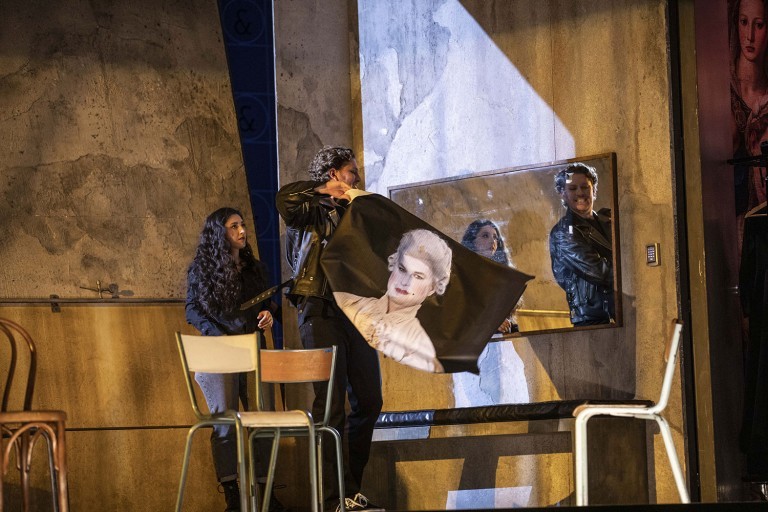
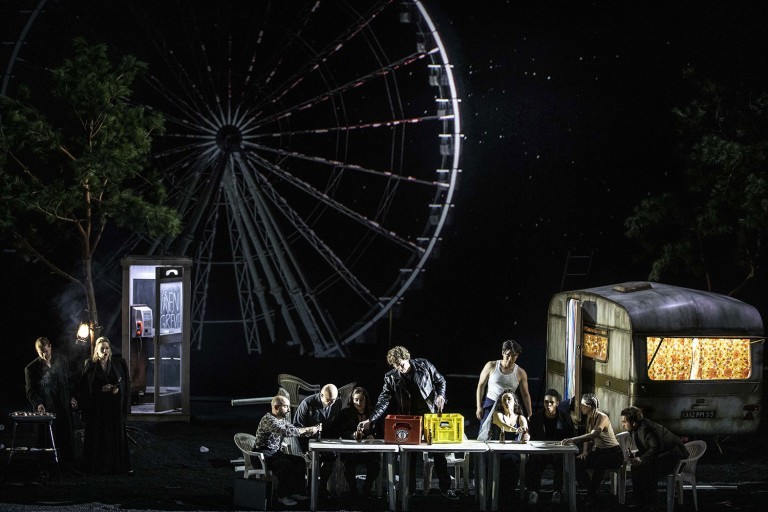
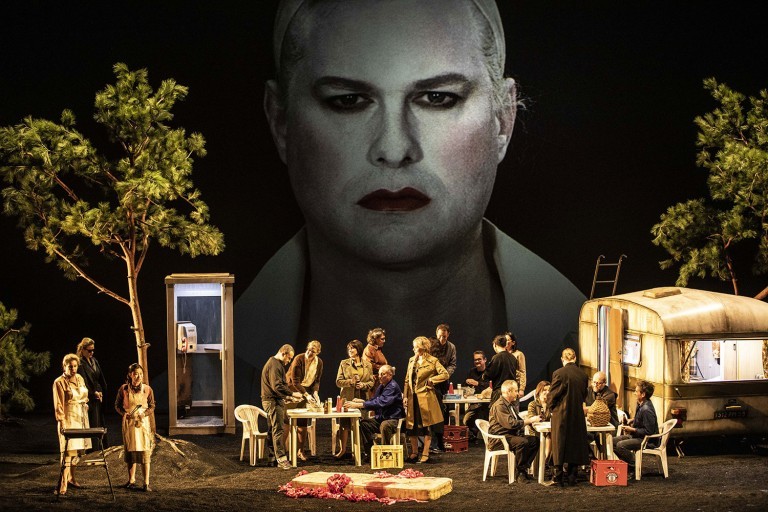
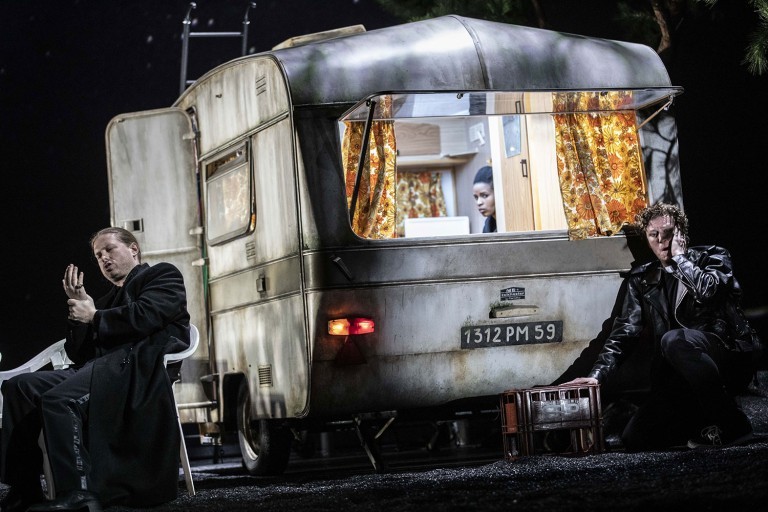
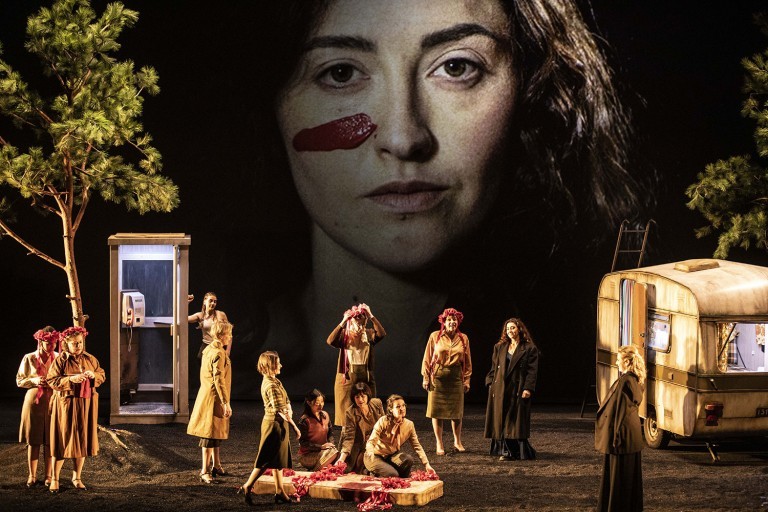
See, Listen, Read
About the show
You may also like
Soutenir l'Opéra
Engagez-vous et contribuez à la concrétisation de ses missions et de ses projets


